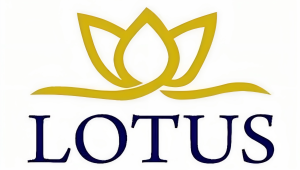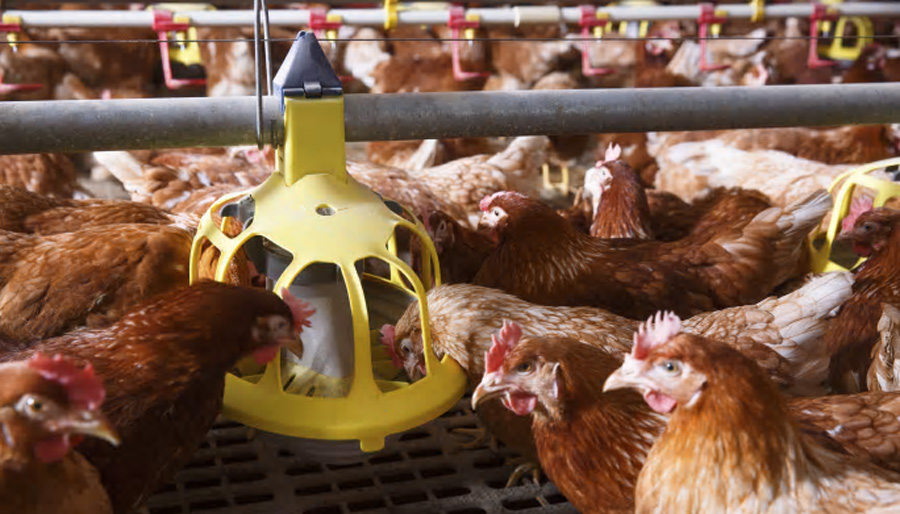New research shows that the Bacillus licheniformis strain in GALLIPRO® Tect, a probiotic feed supplement for poultry helps reduce intestinal damage caused by coccidiosis.
According to Alfred Blanch, DVM, PhD, coccidiosis is one of the most common and costly poultry diseases worldwide, costing the global poultry industry an estimated $300 million in morbidity, mortality and performance losses each year1. Primarily caused by protozoal parasites from the Eimeria family, the disease is associated with reduced weight gain, decreased feed efficiency and lower feed and water intake, as well as damage to the intestinal lining.
Speaking at the recent Poultry Science Association annual meeting, Blanch emphasized that good intestinal health is the foundation of poultry health and welfare.
“The objective of probiotic supplementation in poultry feed is to optimize flock performance by achieving a good intestinal status,” he said.
“In previous studies, the B. licheniformis strain in GALLIPRO® Tect has been shown to support healthy intestinal function through several mechanisms of action. Our recent coccidiosis challenge studies confirm these findings and reinforce the role of probiotics in fighting major intestinal pathogens in commercial poultry production.”
A severe challenge
The studies evaluated the effect of the B. licheniformis strain in GALLIPRO® Tect on lesion scores in broilers following infection with severe coccidiosis.
Two trials, each with 144 male Ross 308 broilers, were conducted at the broiler research facility at Poulpharm in Wolvenhof, Belgium. The birds were split into three groups: an infected, untreated control group; a group that was infected with coccidiosis and treated with the antibiotic amoxicillin; and an infected group treated with B. licheniformis. There were two cages for each group containing 24 birds.
On day 20, the birds were fed a mixture of Eimeria acervulina and Eimeria maxima oocysts to cause coccidiosis. On days 24, 25 and 26, veterinarians provided coccidiosis lesion scores for 16 birds from each group, without knowing which birds received which treatment.
“Our coccidian challenge was severe: 80,000 oocysts of E. acervulina and 40,000 oocysts of E. maxima per bird,” Blanch said. “In previous studies (Knap et al., 2011) we had used just 5,000 oocysts, which is quite usual.”




